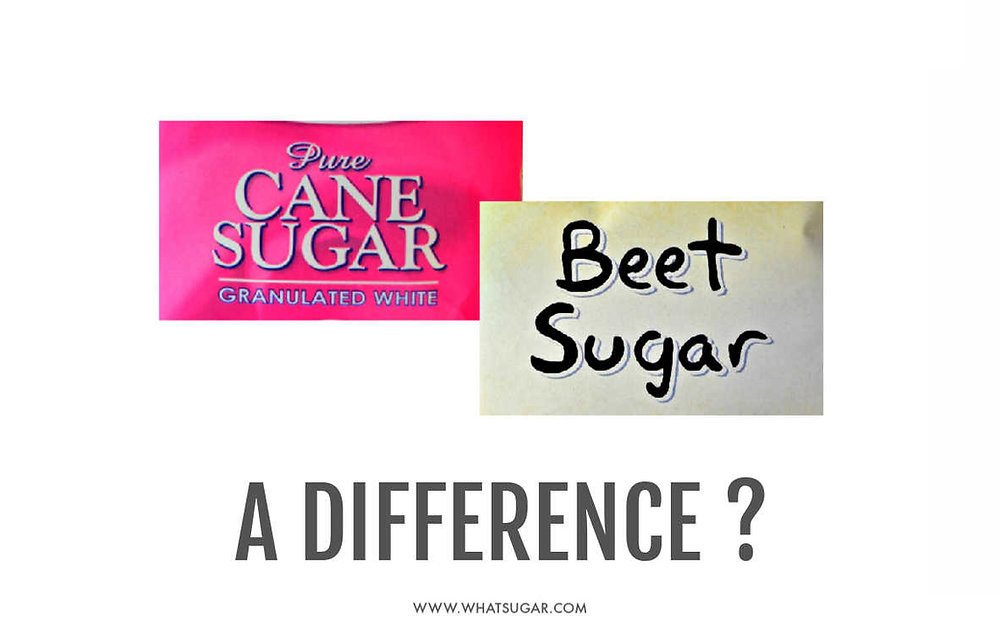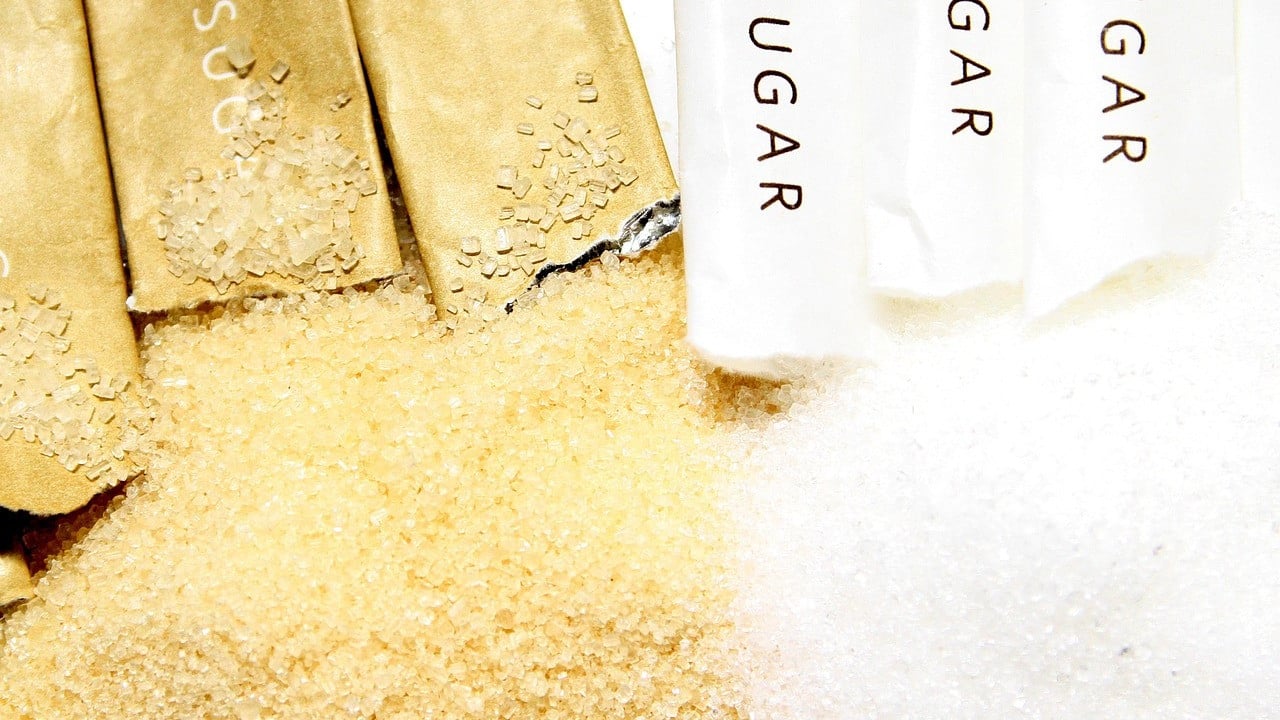Beet Sugar Vs Walking Cane: Which Sugar Reigns Supreme in Your Cooking Area?
The choice in between beetroot sugar and cane sugar often mirrors not just individual preference but also the culinary demands of certain recipes. Cane sugar is regularly commended for its rich, complex taste that boosts baked goods, while beet sugar supplies a much more neutral sweetness that might fit a range of applications.
Beginnings of Beet Sugar
Beet sugar, stemmed from the sugar beet plant (Beta vulgaris), has an abundant background that goes back to the late 18th century. The first effective extraction of sugar from beets occurred in Germany around 1747, when drug store Andreas Marggraf determined the plant's sugar material. By the early 19th century, the procedure was fine-tuned and marketed, causing the facility of beetroot sugar factories throughout Europe.
The increase of beet sugar was considerably influenced by geopolitical variables, particularly the Napoleonic Battles, which interrupted walking stick sugar products from the Caribbean. This triggered European nations to buy beetroot sugar manufacturing as a domestic choice. The establishment of the sugar beetroot market supplied a financial boost to country locations, producing work and boosting farming practices.
Origins of Cane Sugar

By the 7th century, sugar cane was presented to the Center East, mainly due to the development of Islamic realms. The technology for refining sugar from walking stick juice advanced during this period, causing the facility of large sugar manufacturing. The Crusades additionally facilitated the introduction of sugar to Europe, where it became a desirable luxury product by the 12th century.
The substantial need for sugar in Europe resulted in the establishment of haciendas in the Caribbean and South America throughout the colonial period. This noted a transforming factor in sugar production, transitioning from a deluxe great to a staple commodity, essentially forming culinary practices and economic situations worldwide.
Taste Profiles Contrast
While both beet sugar and cane sugar serve the same key function as sweeteners, their flavor profiles exhibit refined differences that can influence cooking applications (beet sugar vs cane). Walking stick sugar is often considered to have a somewhat more complex flavor, identified by a tip of sugar notes that can enhance the taste of baked items and confections. This depth is credited to the presence of trace element and natural substances that are extra noticable in cane sugar as a result of its all-natural handling methods
In comparison, beet sugar often tends to have a cleaner, much more straightforward sweet taste with less flavor intricacy. It is frequently referred to as having a slightly metallic aftertaste, which might be less desirable in specific delicate dishes or drinks. This difference ends you can try here up being especially significant in recipes where the sugar's flavor might take on various other active ingredients, such as in fruit preserves or fine breads.
Inevitably, the option in between beet sugar and walking stick sugar might boil down to individual choice and the particular requirements of a recipe. For those seeking a nuanced flavor to complement their cooking developments, walking cane sugar may be the preferred choice, while beetroot sugar functions as a useful and flexible option in numerous applications.
Nutritional Distinctions
Nutritionally, both beetroot sugar and cane sugar are virtually the same, mostly composed of sucrose and offering the very same calorie material. Each kind of sugar contains approximately 4 calories per gram, making them comparable in energy contribution when used in food and beverages - beet sugar vs cane. This resemblance expands to their chemical structures, which include sugar and fructose molecules adhered together
While the primary dietary worth of both sugar is essentially the very same, some minor variations exist in trace minerals. Cane sugar may have percentages of calcium, potassium, and magnesium, while beetroot sugar is typically lacking these nutrients. However, the quantities existing are negligible and do not significantly influence general dietary intake.
It is very important to keep in mind that neither beet sugar nor cane sugar offers any kind of significant health and wellness advantages; they are best eaten in moderation as component of a well balanced diet plan. Extreme intake of any kind of sugar can add to wellness problems such as weight problems, diabetic issues, and dental issues. For that reason, when considering nutritional differences, the emphasis ought to remain on small amounts and general nutritional patterns rather than the minute distinctions in between beet and walking stick sugars.
Food Preparation and Cooking Utilizes
When it pertains to food preparation and cooking, you could try here both beet sugar and walking stick sugar can be used mutually in many recipes as a result of their similar chemical make-up and functional residential or commercial properties. Both sugars consist mainly of sucrose, which means they will supply the very same degree of sweetness and contribute to the Maillard response, necessary for browning and flavor development in baked goods.
In cooking, both beet and cane sugars read this can be utilized in cookies, cakes, and pastries without influencing the structure or structure of the last item. Nonetheless, there are refined distinctions in taste; some bakers say that walking stick sugar offers a slightly cleaner sweetness, while beetroot sugar might give an extra robust taste.
For cooking applications, both sugars execute similarly well in marinates, sauces, and dressings, improving flavors without modifying the designated outcome. In addition, they can be utilized in candy-making procedures, where precision is essential, as both sugars crystallize similarly.

Final Thought
In recap, both beet sugar and walking stick sugar possess unique beginnings and flavor profiles that affect their cooking applications. Walking stick sugar's complicated, caramel-like notes enhance the taste of baked items, while beet sugar supplies a tidy sweet taste appropriate for a broad array of recipes.
Walking stick sugar is frequently praised for its rich, complicated flavor that boosts baked items, while beetroot sugar supplies a much more neutral sweet taste that may match a range of applications.Beetroot sugar, obtained from the sugar beetroot plant (Beta vulgaris), has an abundant background that dates back to the late 18th century.While both beetroot sugar and walking cane sugar serve the same main function as sugar, their flavor accounts exhibit subtle distinctions that can influence cooking applications.In recap, both beet sugar and cane sugar possess distinctive beginnings and flavor profiles that affect their cooking applications. Walking stick sugar's complex, caramel-like notes boost the taste of baked goods, while beet sugar offers a clean sweetness appropriate for a wide range of dishes.